WHAT TO DO WHEN COMING AND GOING
Coming Soon: A Fall Symposium Subcommittee is creating a self-guided field trip publication for this symposium. A pdf copy of the publication will be published here when available and provided to In-Person Registrants at the event.
Self-guided field trips are interesting stops and field trips you can take on your own while traveling to and from the symposium or during down time. There are no organized field trips planned for Thursday, Saturday, or Sunday. No NPSOT registration is required for self-guided field trips, but please check with any site of interest to plan your visit with regard to directions, hours, tickets and registrations, accessibility, and possible changes due to Covid-19, weather, fire-risk, road closures, or maintenance.



